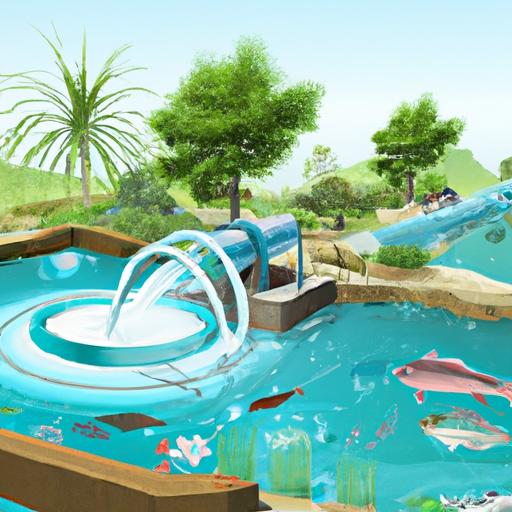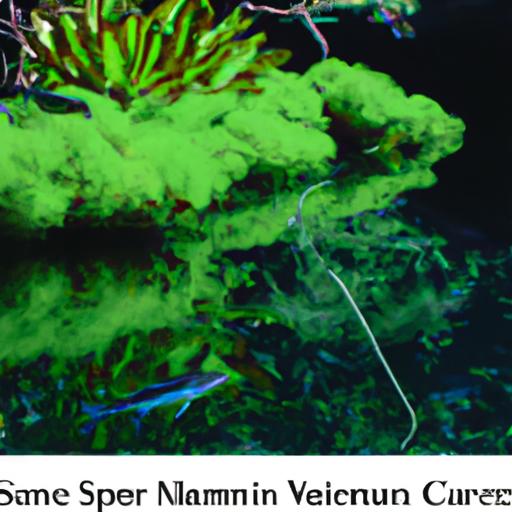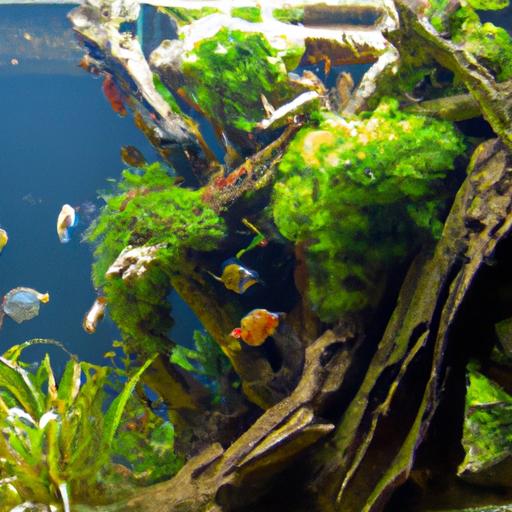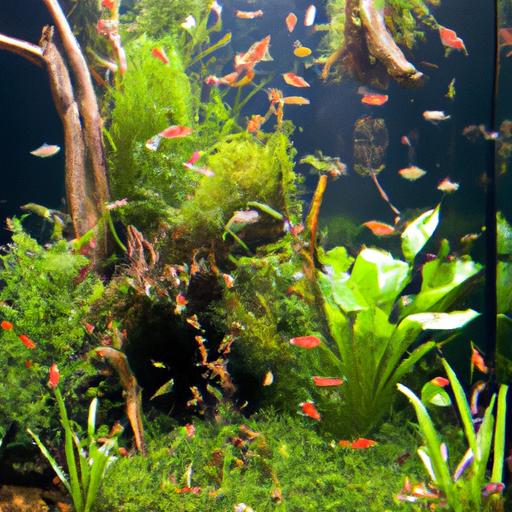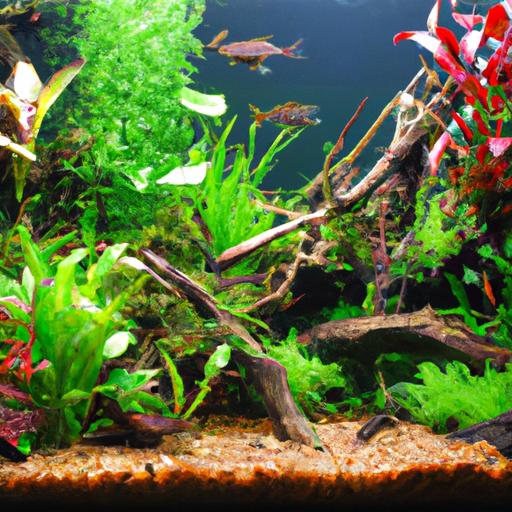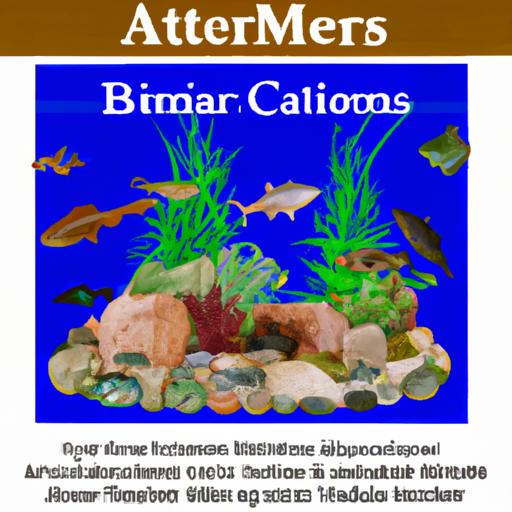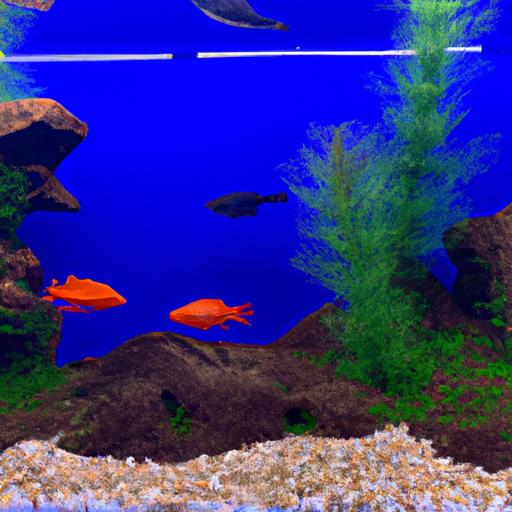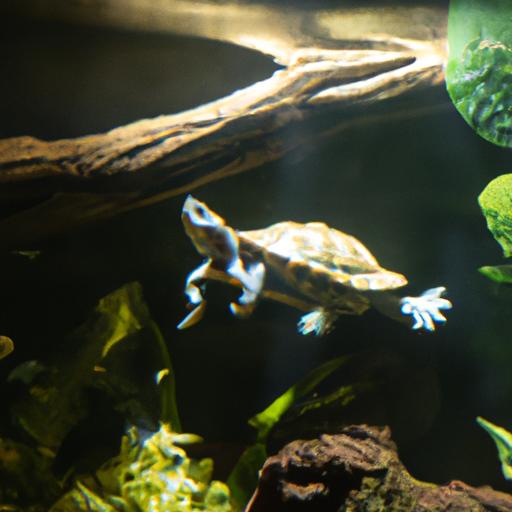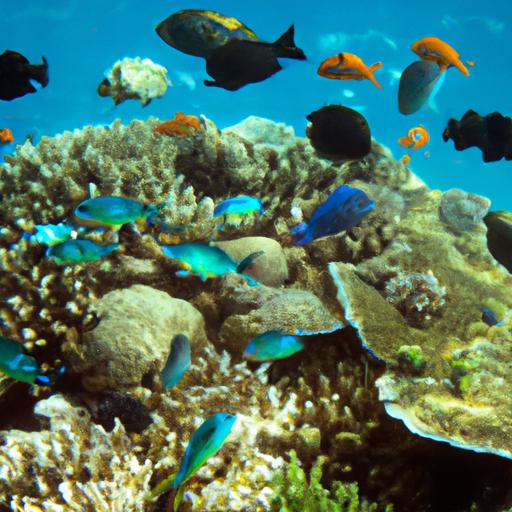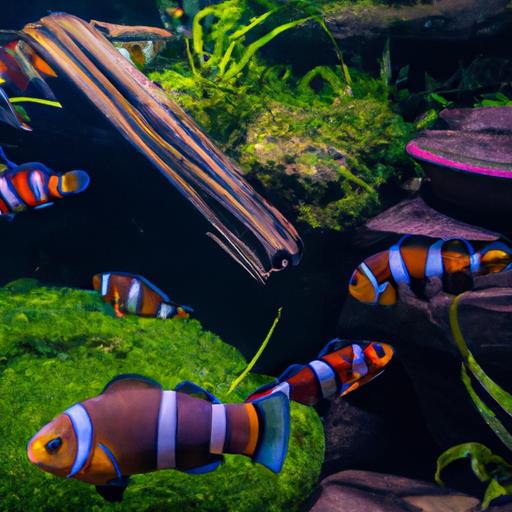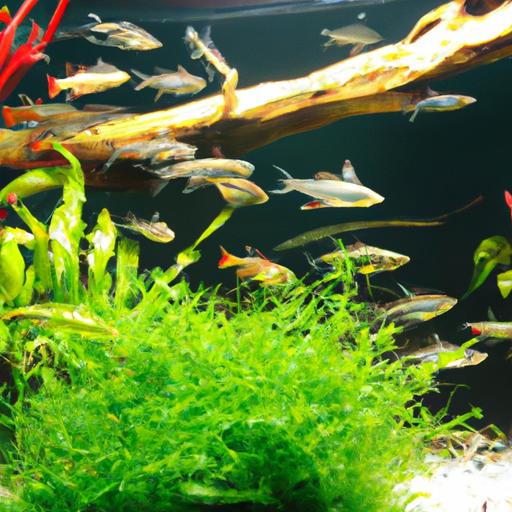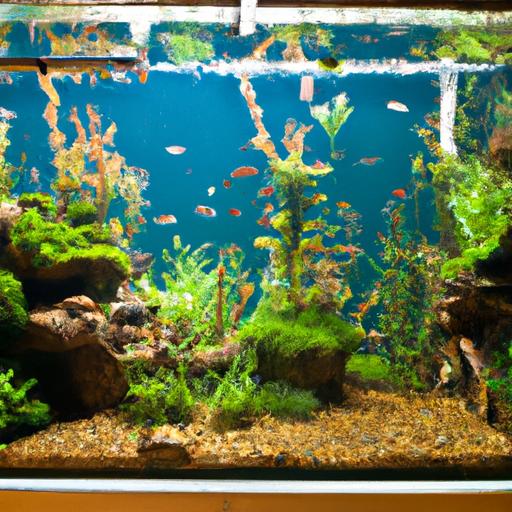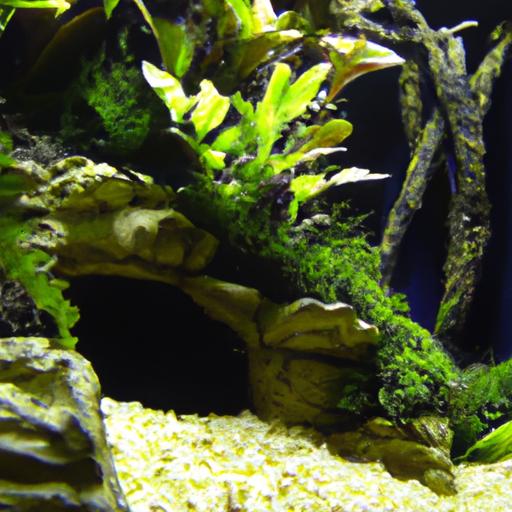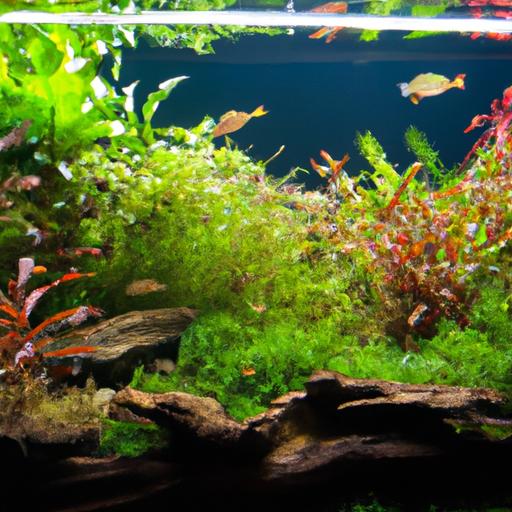
Tips for Controlling Algae in Your Freshwater Tank
Discover effective tips for controlling algae in your freshwater tank. Learn how to manage lighting, balance nutrients, and introduce algae-eating fish.
Introduction
Are you tired of battling algae growth in your freshwater tank? Algae can be a persistent nuisance that not only affects the aesthetic appeal of your tank but also poses potential harm to your aquatic ecosystem. Luckily, there are effective methods to control algae and maintain a healthy environment for your fish and plants. In this article, we will explore some valuable tips to help you combat algae in your freshwater tank.
Tips for Controlling Algae in Your Freshwater Tank
Proper lighting and photoperiod management
One of the key factors influencing algae growth in your freshwater tank is lighting. Just like plants, algae require light for photosynthesis. By carefully managing the lighting conditions, you can control algae growth effectively.
It is crucial to strike a balance between providing enough light for your aquatic plants without providing excessive light that promotes algae growth. Consider investing in a timer for your tank’s lighting system to ensure a consistent photoperiod. This will mimic natural lighting cycles and prevent algae from taking over.
Regular water changes and maintenance
Maintaining proper water quality is essential for preventing algae growth. Regular water changes play a vital role in reducing the accumulation of excess nutrients that can fuel algae growth. Aim for weekly partial water changes, removing around 10-20% of the tank water.
Additionally, regular tank maintenance is crucial to keep algae in check. Clean the tank walls, filter media, and decorations regularly to remove any visible algae and prevent it from spreading. Regular maintenance will ensure that your tank remains a healthy and algae-free environment for your fish.
Balance nutrients and avoid overfeeding
Nutrient imbalance is a common cause of algae growth in freshwater tanks. Excess nutrients, such as nitrates and phosphates, can act as a food source for algae, leading to rapid growth. To control algae, it is crucial to maintain a balanced nutrient level in your tank.
Regularly test the water parameters and monitor nutrient levels. If you detect elevated levels of nitrates or phosphates, consider adjusting your feeding habits and reducing the amount of food you provide to your fish. This will help prevent the accumulation of excess nutrients that algae thrive on.
Introduce algae-eating fish or invertebrates
Nature provides us with some fantastic allies in the battle against algae. Introducing algae-eating fish or invertebrates into your freshwater tank can be an effective biological control method.
Fish species like Siamese algae eaters, Otocinclus catfish, and certain species of plecos have a voracious appetite for algae. They can help keep the algae population in check, preventing excessive growth. Similarly, shrimp species like Amano shrimp are excellent algae grazers.
Ensure that you choose fish or invertebrates that are compatible with your existing tank inhabitants and provide them with a suitable environment to thrive. By incorporating these natural algae controllers, you can maintain a healthy balance in your tank.
FAQ (Frequently Asked Questions)
What causes algae growth in freshwater tanks?
Algae growth in freshwater tanks is primarily caused by an imbalance of nutrients, especially nitrates and phosphates. Excessive light and poor maintenance practices can also contribute to algae growth.
Can algae be beneficial for freshwater tanks?
While algae can be unsightly and disruptive, in moderate amounts, it can provide benefits to your tank ecosystem. Algae produce oxygen, serve as a food source for certain fish and invertebrates, and can even act as a natural water purifier.
How often should I clean my tank to control algae?
Regular tank maintenance is essential to control algae growth. Aim for weekly or bi-weekly cleaning routines, including partial water changes, algae removal, and filter maintenance.
Are there any natural remedies to control algae in freshwater tanks?
Yes, there are natural remedies you can try to control algae growth. One popular method is introducing live plants that compete with algae for nutrients and light. Additionally, using algae-eating fish or invertebrates can be an effective biological control method.
Conclusion
Controlling algae in your freshwater tank is crucial for maintaining a healthy and visually appealing environment. By implementing the tips mentioned above, such as proper lighting management, regular water changes, nutrient balancing, and introducing algae-eating fish or invertebrates, you can effectively combat algae growth.
Remember to regularly monitor your tank’s conditions and adjust your maintenance routine accordingly. A well-maintained tank with balanced conditions will not only help control algae but also provide a thriving habitat for your fish and plants.
For further information on maintaining a healthy freshwater tank, check out our articles on designing a beautiful planted discus tank, essential steps for a successful freshwater planted discus tank, and maintaining a healthy freshwater tank: tips and tricks. Happy fishkeeping!
